- Learning time
- 30 minutes
- First play time
- 90 minutes
Lord of the Rings
Designed by: Reiner Knizia
There are several Lord of the Rings games, but the one listed here is the co-operative game first published in 2000.
Players take on the role of the five hobbits (the fifth, Fatty, appears only fleetingly in the book itself) from JRR Tolkien’s fantasy epic, and attempt to survive the perilous journey to Mordor in order to destroy the dark lord’s magic ring.
And in Lord of the Rings players really do have to work together, potentially to the point of self-sacrifice, in order to achieve this aim. There is a master game board that show the character pieces and (a slightly kitten-esque) Sauron facing off against each other on a ‘corruption track’ that represents the moral strength of each character. And there are two more double-sided boards that represent four legs of the journey – each one throws up challenges that the hobbits must overcome – either by themselves, or by calling on members of the Fellowship (and other characters form the book) to help them.
The game play is deceptively simple. On your turn you simply turn over an event tile and either play, or pick up, Hobbit cards. An event tile will often move you along one of several “tracks” (representing elements of the journey: walking, fighting, hiding and fellowship) on the game board that help expedite the quest, but it may also inflict damage: either claiming cards from your hand or moving characters and Sauron towards each other on the corruption track.
The players play cards from their hands to move themselves along the tracks, picking up shields and life tokens as they go. Getting to the end of the main track on the board resolves that episode, representing their geographical progress, and they move on to the next one. But don’t ignore the other tracks as players have to balance the need of getting through the particular part of their journey with collecting the life tokens they each need from each scenario – a heart, a ring, and a sun. They can help themselves by judicious card-play; and the ring-bearer can pull a fast one by slipping the ring on once per round and sneaking up a track without being ‘seen’ by various enemies. Additionally, each hobbit has a particular strength that players can call on, and collected shields can be traded in to call on help from the wizard Gandalf – but only a certain number of times in the game.
If the players make it to Mount Doom and successfully hurl the ring into the fire, they win. However if the ring-bearer ever reaches the same spot as Sauron on the corruption track, or Sauron reaches the final ‘event’ spot on the Mordor game board, they have failed.
It is possible to decide on a game ‘winner’ by counting up how many shields each player has at the end of the game, but for families it’s certainly an option to ignore this and focus on the teamwork.
The guru's verdict
-
Take That!
Take That!
The game is co-operative, so (unless you are playing most-shields-decides-winner) if anyone is getting competitive they're not playing it right!
-
Fidget Factor!
Fidget Factor!
Everyone is involved all the time.
-
Brain Burn!
Brain Burn!
It's not an excessively thinky game, however what you do need to do is judge a few probabilities about when it's best to take a risk.
-
Again Again!
Again Again!
The event tiles are shuffled after every round and of course between games, so things stay unpredictable.

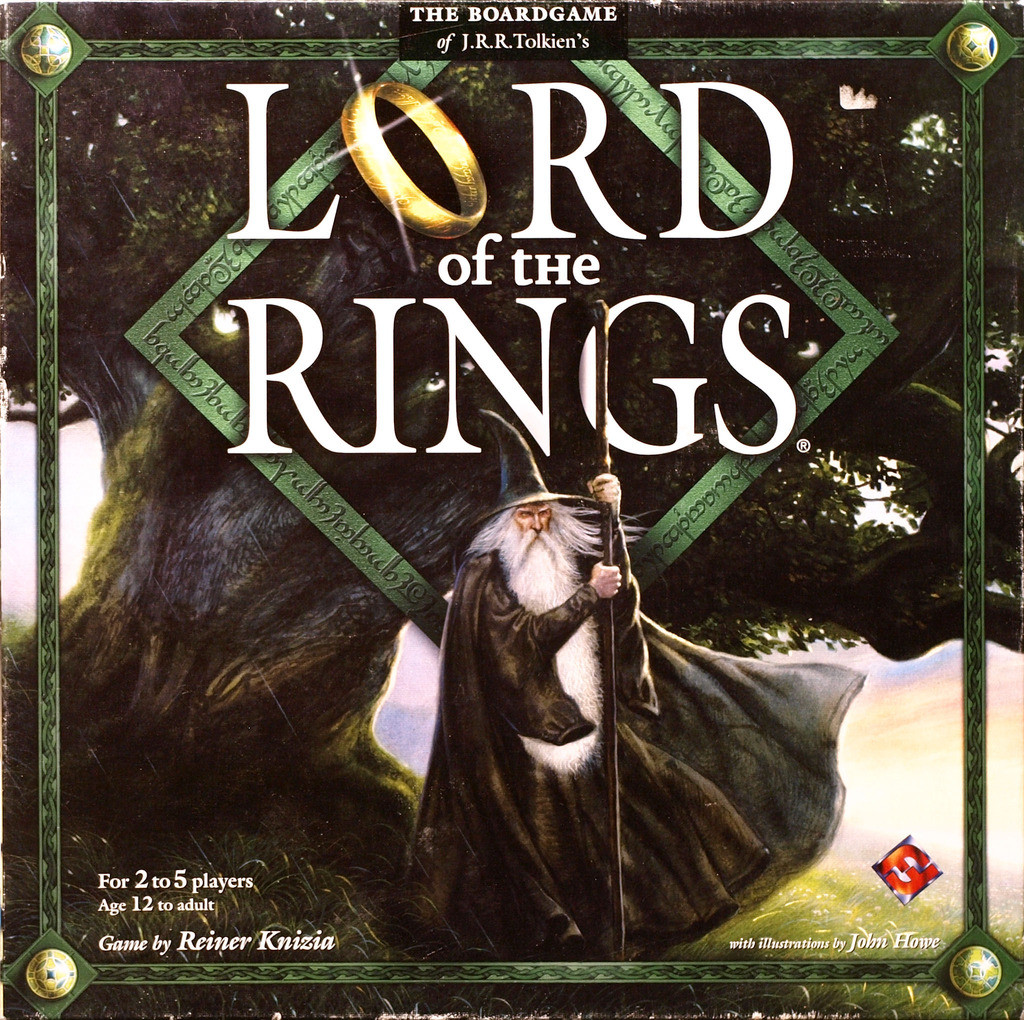
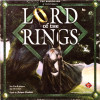
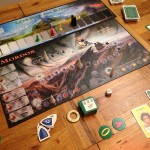
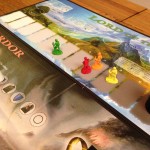
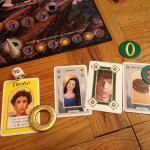
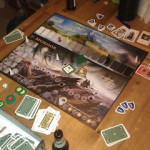
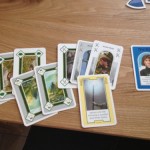

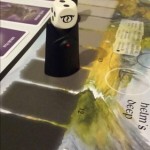
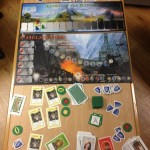

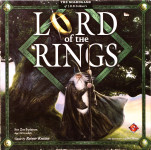


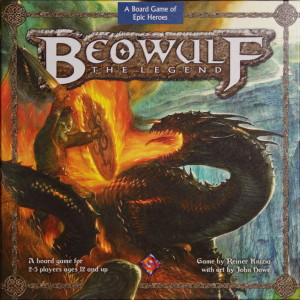
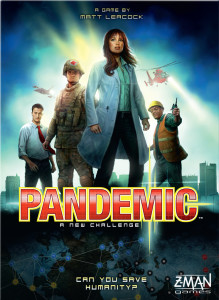

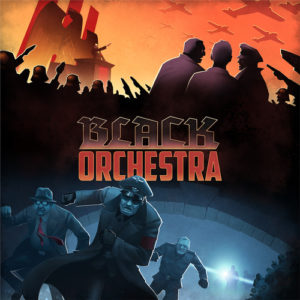
Sam says
The game is cleverly designed and there is tension- but I'd say it's the tension of losing or winning a board game rather than the life-or-death conclusion of an epic quest. While the narrative comes through in the artwork, the actual play felt a bit mechanical to us, and the 'bits' you need to collect don't feel like they really represent anything in the story itself. Whether we won or lost, there was a sense of "Oh - the game has finished" and as a result, the game felt like a near-miss - lacking the race-against-time anxiety of something like Pandemic, or the absurd, tension-laced hilarity of Burgle Bros.